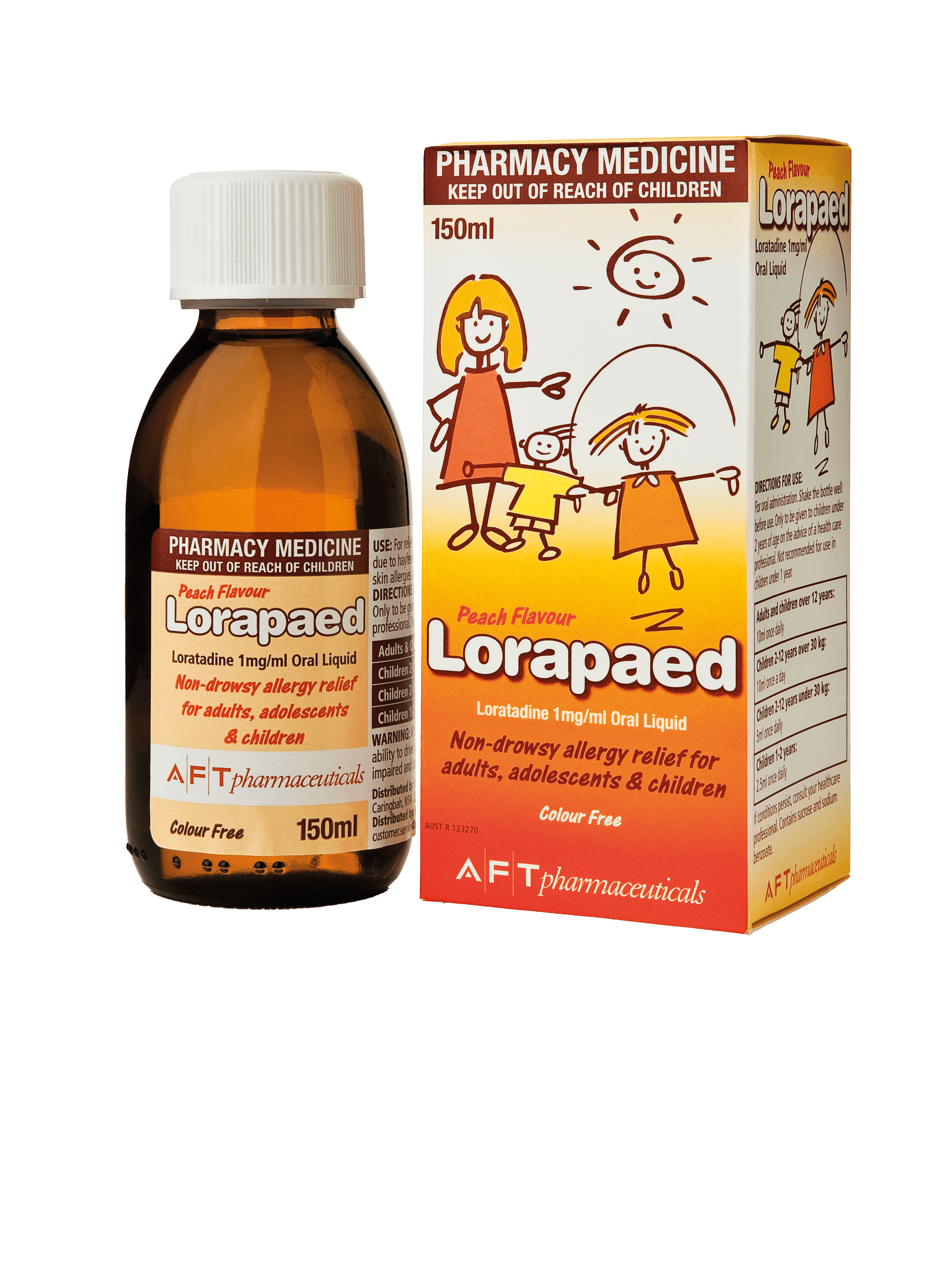Children's Allergies
What is an allergy?
Allergies happen when your child's immune system mistakenly treats normally harmless substances as 'harmful'. The substances that trigger allergies are called allergens. Your child's immune system overreacts to the allergen by making allergic antibodies (IgE) against the allergen. The immune system then releases histamine and other chemicals that cause symptoms.
There are many types of allergens found in our environment. The most common of these are:
airborne allergens that come from dust mites, cats and dogs, pollen and moulds
food allergens
insect stings
other things such as medicines or latex
Who gets allergies
It's not clear exactly why some people have allergies and others don't. The tendency to develop allergies is usually passed down through your genes. But, not everybody in your whānau (family) will have the allergies.
Diagnosis of allergies
A health professional usually diagnoses allergies once they have listened to your experience and examined your child.
Environmental allergies may be obvious from your child's experience (for example, your child gets itchy and sneezy every time they pet a cat). But sometimes, your child might need testing for these allergies.
If food allergy is suspected, your child may need an allergy test (skin tests or a blood test for specific allergic antibodies, previously called a RAST) to confirm what they are allergic to. This is to make sure you know what foods your child needs to avoid. In some cases, your child might need to go to a paediatric clinic or specialist.
Symptoms of a severe reaction
Some tamariki (children) may have a severe reaction with breathing problems (for example, coughing and wheezing) or collapse.
This is called anaphylaxis and can be life-threatening. Please dial 111 within New Zealand (use the appropriate emergency number in other countries).
Action plans for allergic reactions or anaphylaxis
All children with food and insect sting allergies need to have an action plan for allergic reactions or anaphylaxis. These explain how to manage an allergic reaction.
Airborne allergens
Airborne allergens such as pollen usually cause 'hay fever' (allergic rhinitis). Tamariki with 'hay fever' may have seasonal symptoms with a runny, itchy nose or eyes and sneezing during grass pollen season. Tamariki who are allergic to dust mites may have year-round 'hay fever', with a runny or blocked nose and sneezing, often worst in bed. Airborne allergens can also contribute to the symptoms of asthma and eczema.
Most common airborne allergens
Some of the most common things people are allergic to are carried through the air. These include:
dust mites which live in carpets, bedding and upholstery
pollens from trees, grasses and other plants
animals such as cats, dogs and horses
moulds, which thrive in warm, dark, moist places, such as bathrooms, basements and outdoors in compost heaps
Food allergies
Symptoms of food allergy can include:
skin rashes (such as hives or welts)
swelling of the face, lips and eyes
tummy pains, vomiting and diarrhoea
Common concerns about food allergy
If your child is allergic to a food, touching that food is very unlikely to cause a severe allergic reaction. Some skin rashes may appear on the part of the skin the food has touched.
Being in the same room as the food is also very unlikely to cause a reaction. But, cooking vapours from some foods, such as egg or fish, may trigger a reaction in some people.
Managing food allergies in children
Once your health professional, paediatrician or specialist diagnoses your child's food allergy, managing it includes avoiding the allergen. Make sure your child also avoids all the different products containing the allergen and the different forms it might come in. Families often need help from a dietitian to do this.
Lorapaed Liquid or Loraclear Tablets
Non-drowsy antihistamine for rapid allergy relief.
Loraclear is used for the relief of symptoms associated with perennial and seasonal rhinitis (hayfever), such as sneezing, nasal discharge and itching, as well as itching and burning of the eyes.
Loraclear is also used for the relief of symptoms and signs of chronic urticaria (hives) and other allergic skin disorders.
Active Ingredients:
Loratadine 10mg per tablet or 1mg per ml
Dosage:
Adults & Children over 12 years: One tablet or 10ml daily
Children 2-12 years over 30kg: One tablet or 10ml daily
Children 2-12 years under 30kg: Half a tablet or 5ml daily
The safe use of Loraclear® tablets has not been established in children under 2 years of age.
Where can I get more information?
For starters, it’s always a good idea to speak to your local pharmacist or your GP.
For more information on allergies, try:
Our Opening Hours
Monday - Friday
8.00 AM - 7:00 PM
Saturday & Sunday
9:00 AM - 6:00 PM
Contact us
Phone: 03 xxx xxxx
Email: email@mylocalpharmacy.co.nz
Address 1
Address 2
City Postcode
New Zealand

